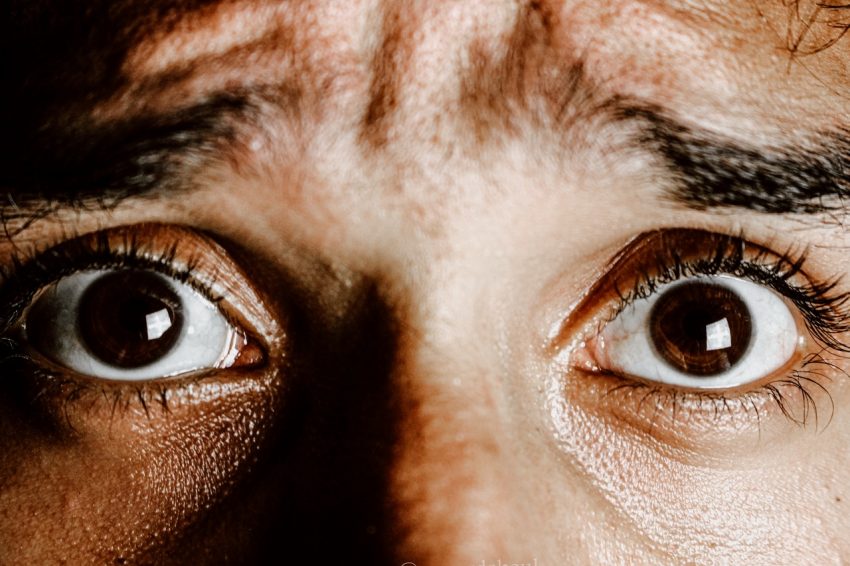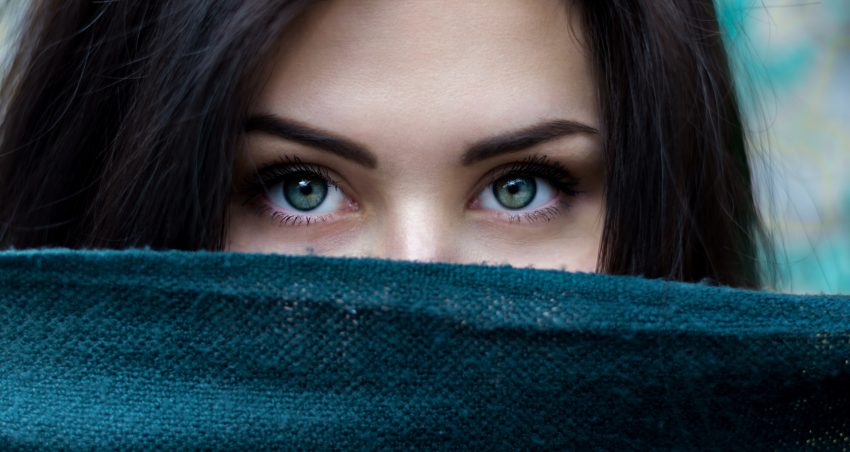Changes in our skin as we age are inevitable, including loss of moisture, changes in…

Milia: The Lowdown
You might have heard the term “milk spots” in reference to those tiny white bumps on a baby’s skin. Maybe you’ve heard them referred to as “oil seeds”. But the name you’re really looking for is milia, and they’re not just something you’ll see on babies.
Though milia are entirely cosmetic and not harmful in any way, that doesn’t mean there aren’t plenty of people out there looking for a way to be rid of them for good. No, milia won’t cause scarring and no, they’re not a sign of a bigger problem. In fact, a lot of the time they’ll go away on their own.
Milia can hang around for longer than we’d like. But thankfully, there are things we can do to get rid of them ourselves.
What are milia?
Technically, milia are cysts. Very tiny cysts, yes, but cysts, sitting under the surface of our skin. Many people consider them to be part of a normal breakout, or even muddle them up with whiteheads. Especially when they turn up in many of the same places.
However, milia aren’t like acne or whiteheads. They can’t be squeezed or popped (although we’d recommend you don’t do that with your acne either!), and that’s largely due to what they’re made of.
Milia are made of a protein called keratin. We often find keratin products in hair smoothing lotions and potions. But it’s also present in the outer layer of our skin. Over time, excess keratin can build up and cause tiny bumps.
This happens because our skin cells aren’t “turning over” quickly enough.
Basically, our dead skin cells aren’t being removed and replaced as fast as they should. The result is a build-up of keratin that gathers, hardens and is trapped beneath the surface of the skin. And unfortunately, without treatment, they can stick around for years.
Are there different types of milia?
Yes.
The most common is primary milia, which is the type we see on babies and adults. As we mentioned before, they occur due to a build-up of keratin in the pore lining.
There’s also a second type, referred to as secondary milia. These come about through a skin condition or infection that causes blistering on the skin. The blistering damages the pore lining, and milia then form.
As you might have gathered, skin damage can cause milia to form. They commonly come about after burns and are sometimes called “traumatic milia”, in reference to your skin’s trauma. Sometimes these result from the skin damage itself, and sometimes we do it to ourselves – by overapplying heavy creams that clog our pores.
How can I get rid of milia?
Well, prevention is always better than the cure, but thankfully both are easy enough when it comes to milia.
Exfoliate
The best thing you can do to prevent milia (or keep them under control) is to exfoliate. Regular exfoliating treatment can work wonders for many skin concerns, and milia are no different. Once or twice a week should do the trick, depending on whether or not you have sensitive skin. As such, understanding your skin type is essential.
Milia often form on skin that’s dry, under-exfoliated, or over-saturated with too much of a heavy, creamy product. Exfoliating helps us to shed the old, dead skin cells and dirt that form layers on our skin; hopefully, it’s easy to see why embracing a regular exfoliating routine helps prevent keratin from building up and becoming trapped.
We recommend opting for a chemical exfoliant over a physical one, as they cause less damage to your skin. Glycolic acid is a good bet, and far gentler on the skin than a harsh scrub.
Wear an SPF
By now, you’ve probably figured this one out. If burns and skin damage cause milia, one of the best things you can do to prevent them is to protect your skin, and an SPF is essential for that.
Sun damage can make the skin of your face rough. That isn’t ideal when your skin is working hard to rid itself of dead cells, and the tough surface won’t let them shed. This can lead to clogged pores, and those clogs can lead to milia. As such, it’s only common sense to keep your skin in the best possible condition.
You should be wearing SPF every day, rain or shine, indoors or out. And of course, reapplying throughout the day.
Retinol
Dermatologists recommend using retinoids to help prevent milia from ever forming. This is because retinoids encourage your skin cell turnover. And that means it can help keep your pores unclogged and free up build-up.
Try a little gentle exfoliation with a linen cloth, which will loosen any surface skin cells. Then apply retinol, which should penetrate nicely into the skin and help reduce the chances of milia forming.
Manuka Honey
It doesn’t have to be dirt and grime on your skin to cause clogging. Your skin can just as easily become blocked simply because it’s dry. That dry skin can get stuck, clump together, and form tiny little white cysts.
They’re not painful, it’s true. But they’re hard little granules that feel unpleasant and don’t do much for your healthy, glowing look. So even though they’re not technically a breakout in the traditional sense, we still don’t like to see them. This is ironic since they most commonly form around the eyes.
One natural remedy for milia is manuka honey (which has a number of other benefits, too). Manuka honey contains natural microbial properties, which can help to reduce and prevent inflammation. And, as you might expect, inflammation can be a contributing factor in the formation of milia.
Try to find products that contain real manuka honey. Or, as a fun alternative, buy some yourself and make an at-home face mask.
Extract
Once milia have appeared, they can stick around for a surprisingly long time. For many, exfoliation and skin protection can work well to get rid of them. They can even sometimes go away on their own… but not always.
If your milia are really bothering you (or if you’re feeling impatient and want them gone for good), then extraction might be the way for you.
Many dermatologists and aestheticians are able to extract milia from your skin. This is done using a small lancet, which draws the keratin out from beneath your skin. Sometimes this is also done with chemicals to break down the keratin, or with lasers.
In conclusion
All in all, milia isn’t a big concern from a health point of view. They’re not dangerous, just annoying – but there’s plenty of options for getting rid of them.
Patience is often a rewarding trait, and you might find they disappear naturally. If so, keep on exfoliating and taking care of your skin to prevent them from coming back.





